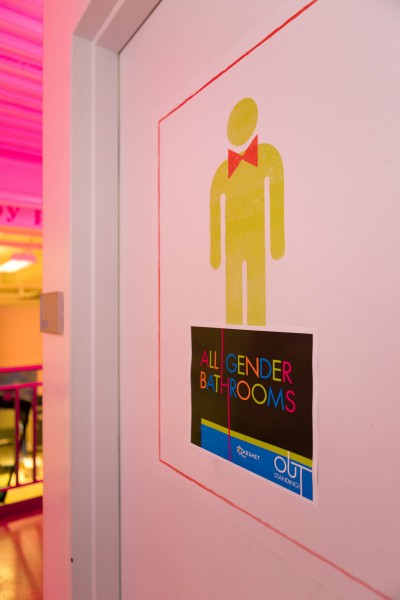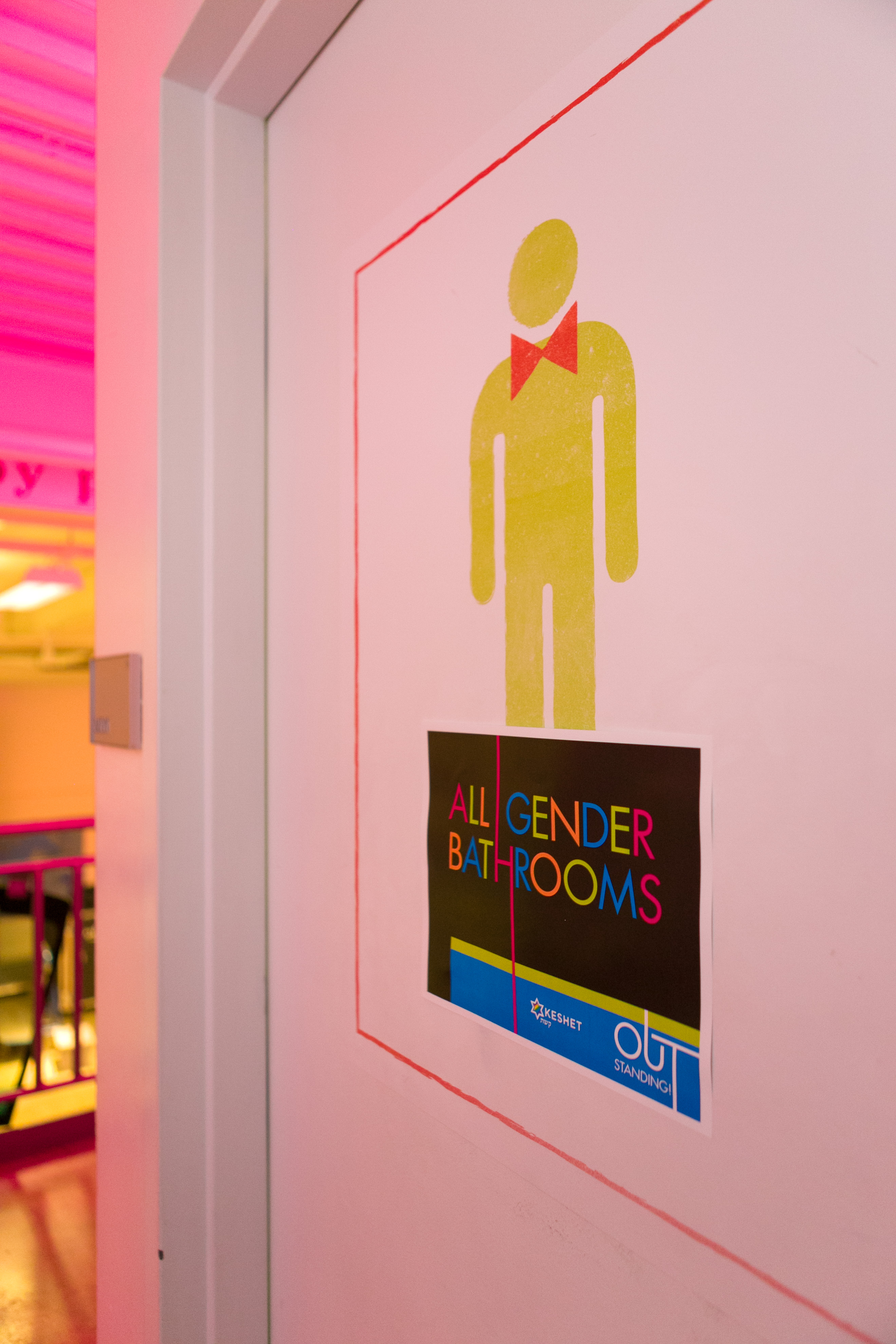
On Oct. 30, mainstream Orthodox leaders in the Rabbinical Council of America confirmed once again that women who receive the same training and jobs as men still are not — and never will be — equal to men. Six days later, the Union for Reform Judaism passed a landmark resolution on the inclusion of transgender individuals in the Reform movement. It would be too much to pass up the irony of these two events happening in the same week.
As much as I want to focus solely on the progress marked by the URJ resolution and the fact that a Jewish religious organization can vote resoundingly — without one “no” to be heard — and affirmatively when asked if they should take more active steps to include transgender individuals in their communities, I’m tempered by the statements of the RCA.
What this past week has highlighted is nothing new: Increasingly, the role that gender and sexual minorities can play in public Jewish ritual is becoming the dividing line between the Orthodox (who are increasingly becoming politically fringe yet growing much more dramatically in numbers than other denominations) and progressive Jews. On the other hand, however, we’ve been shown two divergent ways to incorporate disenfranchised groups into our religious communal lives.
Although it was no surprise that the URJ passed the resolution, given that many of its recommendations have already been implemented independently by Reform communities, the resolution provides the framework necessary to institutionalize equality for transgender members of the Reform Jewish community. This hasn’t yet been seen in religious communities in such a comprehensive way. The resolution outlines support for public policy and structural changes to Jewish spaces, including advocating for gender-neutral bathrooms and working to better incorporate preferred gender pronouns into religious spaces.
It also provides the framework for ritual changes that will better enable transgender Jews to bring their full selves to Jewish rituals. Gender-neutral bathrooms and public policy changes are both important, and ritual changes are equally important. It sends the message that queer and transgender people are not just socially part of Jewish communities, but have a specifically ritualized home within religious communities. That is something that many communities in between radical Orthodox communities and Reform communities still need to do. It is one thing to say that you are an ally to queer and transgender people in your religious community, but quite another to actually create spaces for them with ritual and structural innovations.
The RCA and the URJ have put forth different directions for us to follow. On one path, we can reassert that a major segment of our population should not be given equal access to ritual and leadership. On the other, we can find ways to innovate within the traditional religious framework handed down to us.
I am not a Reform Jew, nor am I any longer an Orthodox Jew, but the URJ and Orthodox maharats have shown that ritual innovation for previously disenfranchised groups — here, women and transgender people — is possible. These two cases have shown us that genuine inclusion goes beyond just honorary, often artificial gestures and separate but equal policies — where women can learn the same and develop the same skill sets, but never be treated as equals — to substantive changes of the ways in which we look at rituals and understand the ways in which previously excluded groups can, and should, relate to them.
So to the rabbis and leaders in more traditional communities who want to be allies to LGBTQ people, I say: Now is the time to put your money where your mouths are. Wanting to be an ally and incorporate excluded members of our communities goes beyond just superficial changes which all too often continue to perpetuate the inequality that you claim to want to combat. It means giving people a genuine space to be their full selves in your spaces — not just with gender-neutral restrooms, but also discussing the ways in which queer families, in all of their forms, don’t fit into the gendered structures created by our ritual lives.
If you want people to remain in your communities, if you desire to include those excluded from your ranks, they need to be given not just the physical space, but also the spiritual space to stay. You need to incorporate excluded members and make them full leaders in your communities without reservations, so that people of all genders can have role models in your communities.
That, ultimately, is what both maharats and the URJ resolution do: They provide the ritualized and institutionalized framework to give previously disenfranchised groups more than just an honorary spot at the communal table. They provide a real and meaningful way to participate, giving those members previously excluded the chance to envision a future in their religious communities. Maharats, like the URJ, go beyond simply superficial changes to ritualizing and institutionalizing changes in a way that have not yet been seen before in Jewish spaces. That, ultimately, is what gives those of us who have been disenfranchised from Jewish spaces the chance of truly becoming incorporated into those spaces.
If you want to give those of us who have been previously disenfranchised a spot at your table, then you have to give us the prospect of having a future in your communities as well. I want to not only be treated equally as an individual, but to make sure that my boyfriend and family are treated as equals, so I need to be given an equal shot at the future. What the URJ and the maharats did, in both word and deed, in legality and ritual, was give me and those like me the prospect of having a future in our religious communities.
So the traditional leaders who also consider themselves allies, I ask: Give me, and those like me, the chance for a future. It falls to you who have the power in your communities to go beyond just lip service and create genuinely inclusive communities — in both word and deed.
Amram Altzman is a student at List College.

